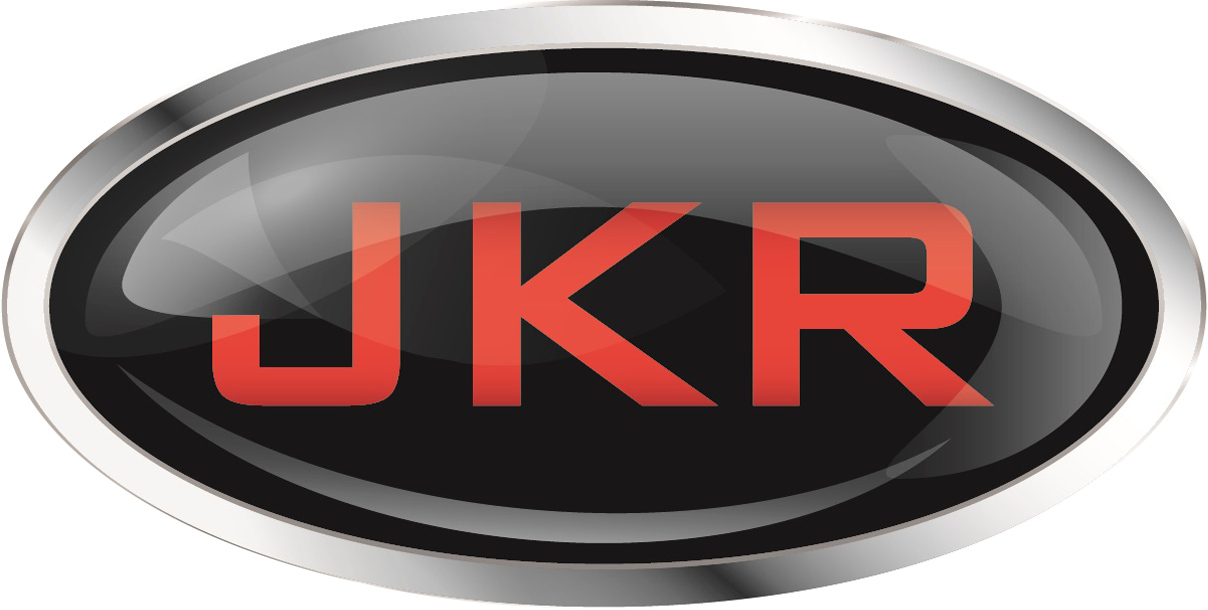Debt Payment Priority Changing: Car Loans Now #1
 Prior to the beginning of the recession, the debt payment priority was “mortgage #1 and everyone else second.” During those times, the thinking was that a roof over one’s head was the most important thing.
Prior to the beginning of the recession, the debt payment priority was “mortgage #1 and everyone else second.” During those times, the thinking was that a roof over one’s head was the most important thing.
Today, however, the trend has changed … a lot. According to a recently-released study by TransUnion, it’s changed to the point where, in all 50 United States, paying off the auto loan is the clear most-important choice. Mortgages fell all the way to third, as credit cards also bypassed them.
Study Shows Change in Debt Payment Priority
The study included the payment patterns of Americans with at least one car loan, one mortgage and one credit card. In past years, similar studies conducted by TransUnion prior to the recession clearly showed the mortgage was most important, followed by the car payment and credit card payment.
But in this most recent survey, when cash-strapped consumers had to make some tough choices, they were far less likely to neglect their car payment than anything else. In the fourth quarter of 2011, of those delinquent on at least one of the three primary products (mortgage, car and credit cards), 71 percent were behind on their mortgage; followed by credit cards at 43% and auto loans at 30%.
To further illustrate the change in debt payment priority, consider these numbers:
· 9.5 – The percentage of those delinquent on their auto loans while keeping current on their mortgage and credit card debts
· 17.3 – The percentage of those delinquent on a credit card while keeping current on their auto loans and mortgages
· 39.1 – The percentage of those delinquent on a mortgage while keeping current on their auto loans and credit card debts
Reasons for Debt Payment Priority Change
What are the reasons for such a significant change? There are actually quite a few, so we’ll just hit the high points here. First, a person needs a car to get to work – and these days, transportation is more important than ever. Second, because many homeowners are “underwater” on their homes, they don’t see them as a great investment – and some of those high-interest “balloon loans” haven’t helped the situation. Third, because unemployment is high, many people need to cobble together as much money as they can just to get through today. Finally, because the foreclosure process generally takes far more time than a repossession or deactivation of a credit card, a consumer may feel they have more time to right their financial ship.
But no matter how you slice it, there’s no denying that the debt payment priority of Americans has dramatically changed.

